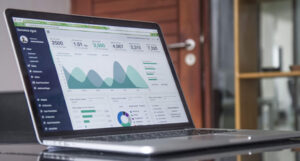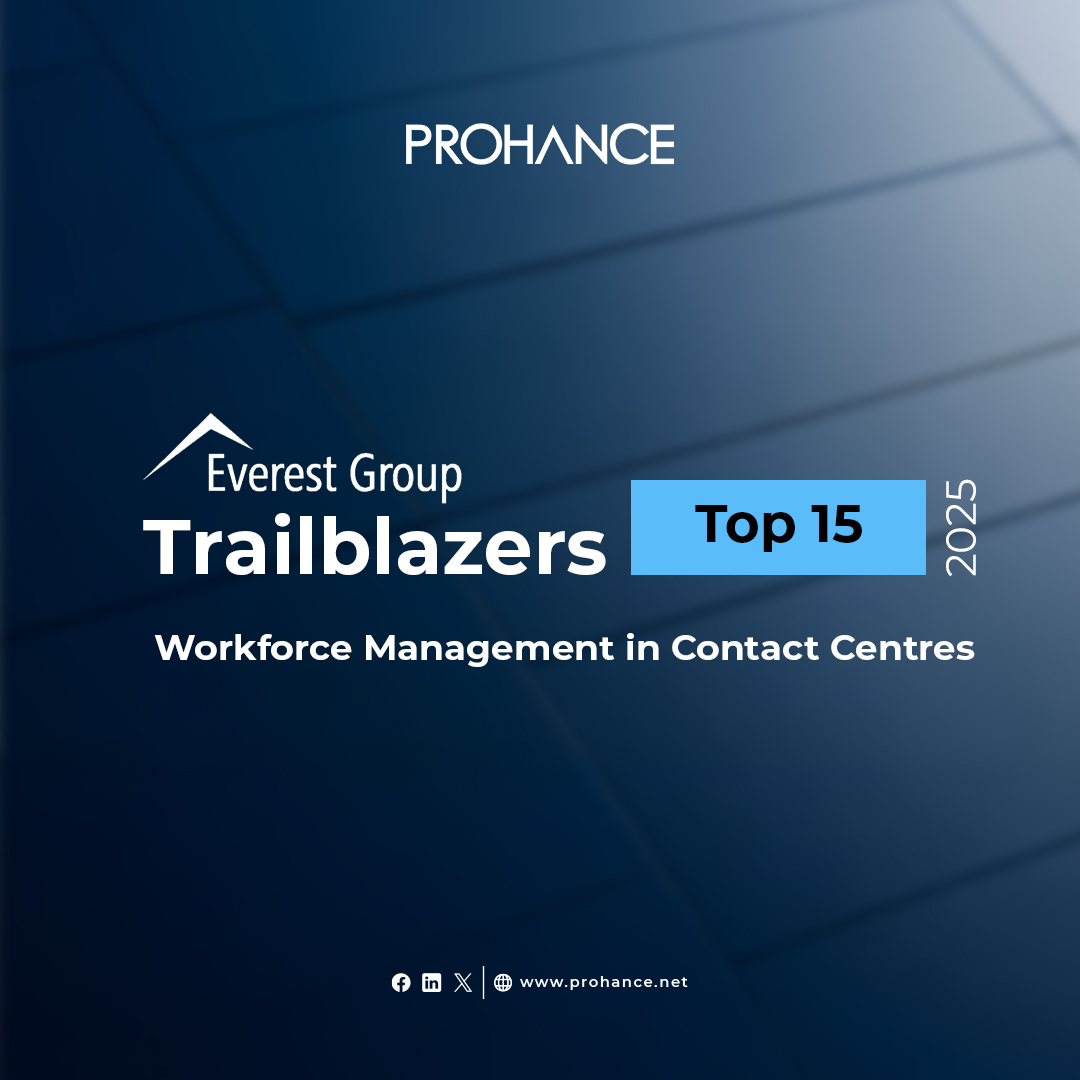What Is Dashboard Reporting? Definition, Features, Types & Examples
Table of contents
- What is a Reporting Dashboard?
- Dashboard vs Report: What’s the Difference
- Elements of Good Reporting Dashboards
- Types of dashboard reporting
- Benefits of Dashboard Reporting
- What is an example of a good dashboard?
- How to Create Best Reporting Dashboards?
- ProHance Dashboard Reporting: Features and Insights
- Wrapping Up
- Frequently Asked Question
In today’s world, data is valuable because it provides insights into key areas of a business, enabling informed decisions that drive growth. Dashboard reporting has become an essential practice, and reporting dashboards are important tools for organizations looking to leverage their data effectively. But what is a data reporting dashboard, and why should your organization consider using one?
This blog covers the definition, purpose, and examples of reporting dashboards, along with how dashboard reporting software like ProHance’s solutions can help improve business performance and highlight the many benefits of dashboard reporting.
What is a Reporting Dashboard?
A dashboard report is a graphical representation of the most important data your business requires to monitor. It enables you to easily view crucial areas such as finance, sales, marketing, or performance overall in order to make decision-making easier.
One of the biggest benefits of a dashboard report is that it consolidates data from multiple sources in one concise, centralized picture. For instance, a marketing dashboard report may roll up email campaign metrics, SEO, and social media metrics into a single screen designed for your team’s objectives. Such a data reporting dashboard allows it to be easier to know how your business is performing without having to sift through several reports.
Using a reporting dashboard is a smart part of any dashboard reporting strategy. The right dashboard reporting software can help you customize these reports to fit your needs and take advantage of the many benefits of dashboard reporting, like saving time and improving accuracy.
Dashboard vs Report: What’s the Difference
Understanding the differences between dashboards and reports can help you choose the right tool for your business needs. Here are the key distinctions:
- Reports are static: They display historical data captured at a specific point in time and do not update automatically.
- Reports focus on details: Typically, they cover a specific topic in depth and provide granular information.
- Reports require scrolling: Because they contain extensive data, users often need to scroll through multiple pages or sections.
- Dashboards provide real-time data: A reporting dashboard shows live or near real-time information, keeping your data current.
- Dashboards offer a broad overview: They consolidate key charts, tables, and metrics on one screen for a quick snapshot of performance.
- Dashboards enable quick comparisons: With multiple data sets visible side by side, dashboards make it easier to compare and analyze different aspects of your business.
- Reports are detailed and thorough: Ideal for deep dives into specific data points.
- Dashboards support fast decision-making: By offering a concise and interactive view, dashboards help you act quickly based on current insights.
Elements of Good Reporting Dashboards
The following are the common elements of a reporting dashboard:
- Data Visualization: Data visualization converts raw data into interpretable and easy formats. These include data presentation through graphs, pie charts, and heat maps.
- Dashboard Layout: The layout consists of design elements used to present data. A good layout is great, as it is internally consistent and leads the user’s eyes towards the vital information first. Usability is further improved by the usage of elements such as tabs, filters, or navigation menus.
- Customizable Interface: Dashboards provide multiple interface designs and widgets according to the requirements of a variety of users, including C-level executives and the managers in charge of departments.
- Real-time Data Integration: Instead of providing data that is static and out of sync with business activities at the present time, the dashboards combine data in real-time from numerous sources.
- Features supporting collaboration: Dashboards provide certain collaborative tools, like data sharing, providing comments and tracking changes. These functionalities make team collaboration more efficient and help keep all members in sync.
Types of dashboard reporting

The effectiveness of dashboards depends much on the fact that there are many of them, and each one is aimed at fulfilling certain business requirements:
Operational Dashboards
These types of dashboards are used to track the current state of business processes and activities. They allow for immediate understanding of issues pertaining to the daily operations of the business, such as how many sales have taken place, how many goods have been produced or how many customer interactions are currently in progress.
Strategic Dashboards
These dashboard reports focus on tracking the progress of the company as devised by the top-level officers within the organization over a period of time.
Analytical Dashboards
These dashboards are mostly used by business or data analysts. These have advanced capabilities where users can slice, dice, or drill down into the finer details, making them great tools for exploring patterns and making decisions based on data.
Strategic Dashboards
These dashboards target intermediate goals within a strategic plan. They assess progress towards specific targets such as marketing campaigns or product development.
Benefits of Dashboard Reporting
Sorting through substantial amounts of data from varied sources slows down decision-making and creates confusion among team members. Not all people have the time and capability to examine complicated data sets. Dashboard reporting allows organizations to target the most critical measures, making it easier and quicker to make decisions.
The key advantages of a reporting dashboard are:
Real-time data access
A data reporting dashboard provides current information, allowing teams to track progress, sales, or customer satisfaction instantly. This up-to-date visibility supports timely, data-driven decisions.
Simplified data visualization
Visual elements like charts and graphs make complex data easier to understand. This clarity helps reduce errors and misunderstandings, ensuring everyone on the team interprets the data correctly.
Quicker issue identification
Dashboards highlight potential problems, such as budget overruns or delays, as they occur. This allows teams to address issues promptly and minimize their impact.
Consistent performance tracking
By consolidating key metrics in one place, dashboard reporting software helps teams monitor overall performance, identify trends, and uncover opportunities or challenges without confusion.
User-friendly and engaging
Interactive dashboards focus attention on critical information, filtering out unnecessary details. Users can explore deeper insights as needed without feeling overwhelmed.
These benefits enhance transparency, enhance decision-making speed, facilitate collaboration, and enhance operational efficiency, all of which are necessary in order to retain a competitive advantage.
What is an example of a good dashboard?
The use of reporting dashboards is key to increasing the productivity of your employees. Below are some more examples of employee management dashboards:
Attendance and Productivity Dashboards
These dashboards include information concerning employee attendance, hours of work put in, and productivity parameters. By identifying absenteeism trends or information on productivity drop, managers may easily solve problems that exist and may arise.
Employee Engagement Dashboards
Engagement dashboards track metrics like participation in training programs, feedback scores, and turnover rates. These data insights help HR teams to enhance job satisfaction and reduce attrition.
Performance Evaluation Dashboards
These dashboards make it possible to gather information from analyses of performance, goals, and skills improvement, which help track the growth rate of an employee. This information is important in planning for the career progression of an employee or succession management.?
How to Create Best Reporting Dashboards?

Building a dashboard is no simple task and does require more than one bullet point. There are steps supporting your skills as outlined.
Define Your Objectives
One of the first steps is defining the purpose of the dashboard. Whether it is to check on sales, employee performance, or customer satisfaction, your objective will guide the design process.
Select Relevant KPIs
According to your objectives, select the key performance indicators that need to be displayed. It is not wise to fill your dashboard with too many numbers.
Choose the Right Tools
Choose a dashboard tool that meets the specific requirements of your work and fits your needs. Consider whether it has functionalities such as embedding data in real-time, personalization capabilities and features for collaboration with other team members.
Design the Layout
The design should be logical, whereby the most important details are easily viewable. Employ visual hierarchies to direct the attention of the users and make the use of the dashboard more easily.
Test and Iterate
It is essential to make adjustments as users demand after the dashboard has been deployed. This implies that certain functions should be continuously improved in order to remain relevant within the changing business context.
ProHance Dashboard Reporting: Features and Insights
ProHance is a full-service workforce analytics and business operations enablement platform that features powerful business dashboards. Here’s an overview of the key modules:
Work Time

This module auto reports work activities within working hours, thus revealing the time utilization trends and work patterns. This module is very helpful when teams are working from home and hybrid setup.
Work Output

This module is geared towards the assessment of the employees’ output, and it assists organizations in meeting the set productivity criteria. It helps in measuring and improving individual and team productivity for a peak business performance.
Workflow Management

This dashboard allows business process automation with features like – automated work allocation, prioritization and distribution to team members. This helps to identify bottlenecks in business processes and optimizing operations.
Advanced Analytics

ProHance’s advanced analytics module provides deep insights through detailed data analysis. It helps in data-driven decision-making and provides lean management capabilities to enterprises while fully utilizing their business data.
Asset Optimization

This module tracks how digital assets are utilized, both softwares and hardware. It helps in optimizing usage of paid licenses and hardware assets like laptops and desktops.
Also Read: How to Find the Best Employee Performance Review Software?
Wrapping Up
Reporting dashboards are some of the most powerful tools every company should have in this current era, where dependence on data has surged. If the right kind of dashboard is selected and appropriately utilized, the business is bound to derive critical information, make data-driven decisions, and create better value. ProHance range of dashboards is certainly one of the most efficient ones since it is specifically engineered to address the challenges faced by modern businesses.
Frequently Asked Question
Q1. What is the distinction between a dashboard and a BI tool?
BI tools include all the stages of the activities geared towards data collection, analysis, and presentation to improve decision-making, while a reporting dashboard mainly emphasizes the presentation of the collected data.
Q2. Can reporting dashboards work and pull data from multiple data sources?
Yes, most modern reporting dashboards are able to pull data from multiple sources. This enables the companies to consolidate information from several places, including CRM, financial software, marketing analysis tools, etc., into a single view.
Q3. What are some of the don’ts when designing a reporting dashboard?
These are some of the common pitfalls you should strive to avoid when designing a reporting dashboard.
- Overcrowding the dashboard with metrics.
- Picking the wrong kind of chart or graph for the data.
- Implementing changes without consulting the users.
- Lack of context.
Q4. What is a dashboard reporting tool?
It is a type of software that enables companies to monitor, examine, and graph data in real-time, normally using charts, graphs, and interactive dashboards.
Q5. What are the key features of an effective reporting dashboard?
An effective report dashboard consists of simple visualization, customizable layout, integration of real-time data, and collaboration tools such as sharing and commenting.
Q6. How can a reporting dashboard improve employee productivity?
By granting employees immediate access to KPIs, a data reporting dashboard enables employees to prioritize, save time on manual reporting, and recognize improvement opportunities sooner.
Q7. What is an example of a good dashboard?
A good reporting dashboard is straightforward, easy to read visually, and immediately connected to business objectives, like a sales performance dashboard presenting revenue, leads, and conversions in real time.
Q8. What makes ProHance dashboards different from others?
ProHance dashboards provide multi-dimensional visibility, encompassing workflow and work time management, as well as asset optimization, to offer greater insight into workforce productivity compared to standard dashboard reporting software.






